Home>Renovation & DIY>Home Renovation Guides>How Many Gable Fans Do I Need?
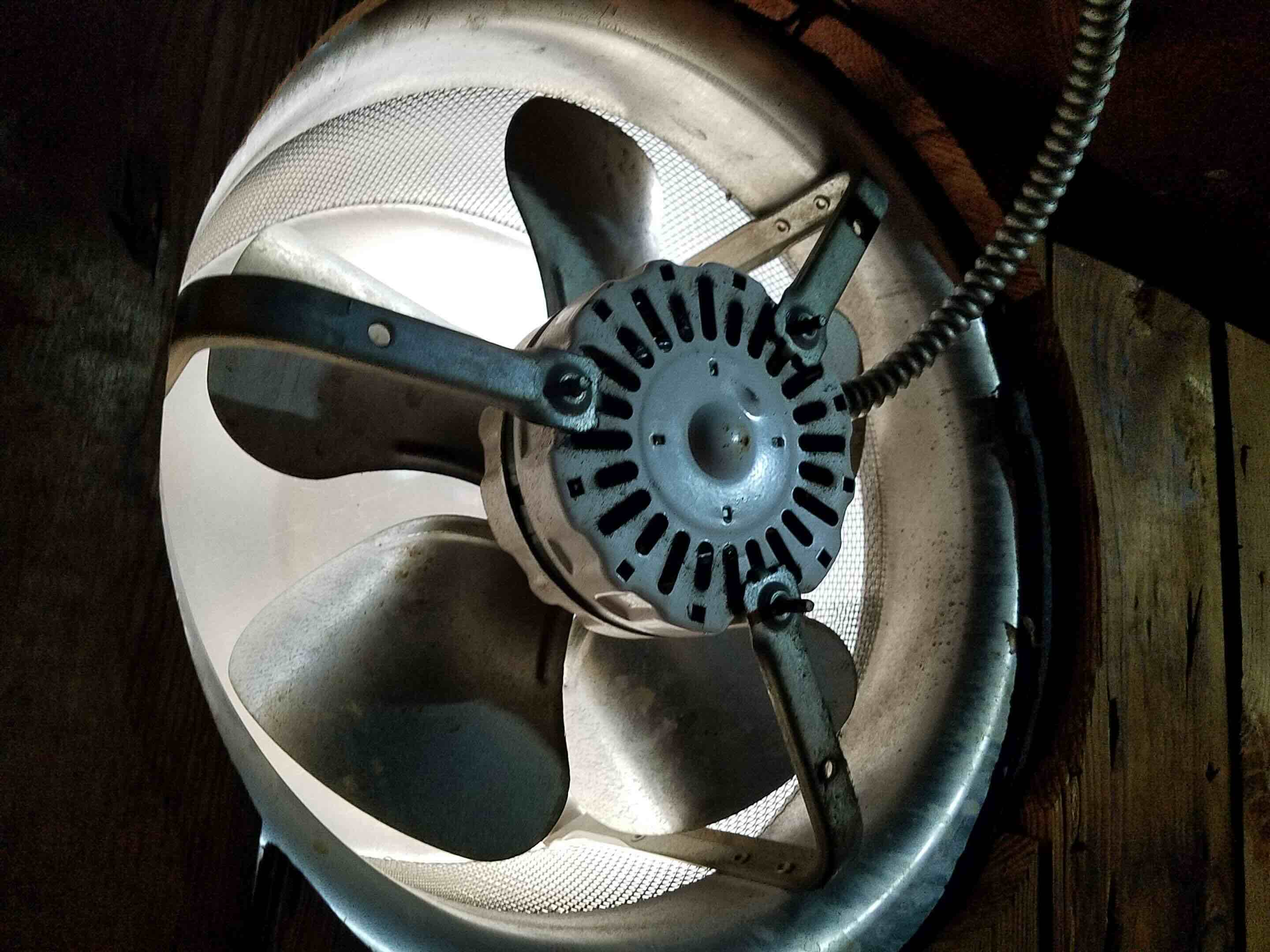

Home Renovation Guides
How Many Gable Fans Do I Need?
Modified: August 28, 2024
Learn how to determine the number of gable fans needed for your home renovation project with our comprehensive guide. Make informed decisions for optimal ventilation.
(Many of the links in this article redirect to a specific reviewed product. Your purchase of these products through affiliate links helps to generate commission for Storables.com, at no extra cost. Learn more)
Introduction
When it comes to maintaining a comfortable and energy-efficient home, proper ventilation is a crucial factor that often goes overlooked. In the realm of home renovation, gable fans play a pivotal role in ensuring adequate air circulation and temperature regulation within the attic space. These fans are designed to exhaust hot air from the attic, preventing heat buildup that can lead to a myriad of issues such as moisture accumulation, mold growth, and increased energy consumption.
Understanding the optimal number of gable fans required for your specific attic space is essential for maximizing their effectiveness. Factors such as attic size, insulation, and local climate all come into play when determining the appropriate quantity of gable fans. By delving into the intricacies of gable fan installation and sizing, homeowners can make informed decisions that contribute to a healthier and more energy-efficient living environment.
In this comprehensive guide, we will explore the various factors to consider when determining the number of gable fans needed, as well as the process of calculating the ideal quantity based on specific attic conditions. Additionally, we will delve into the importance of sizing gable fans to suit the dimensions of your attic space, ensuring optimal ventilation and energy efficiency. By the end of this article, you will have gained valuable insights into the world of gable fans, empowering you to make informed decisions regarding their installation and usage in your home.
Key Takeaways:
- Proper ventilation in your attic is crucial for a healthy home. Consider factors like attic size, insulation, climate, and usage to determine the right number and size of gable fans for optimal air circulation and energy efficiency.
- To calculate the number and size of gable fans needed, measure attic size, evaluate insulation, consider local climate, and factor in structural features. This ensures efficient ventilation tailored to your attic’s specific needs.
Read more: How Big Of A Gable Vent Do I Need?
Factors to Consider
When determining the number of gable fans needed for your attic, several crucial factors must be taken into account to ensure optimal ventilation and energy efficiency. Understanding these factors is essential for making informed decisions regarding gable fan installation. Let's delve into the key considerations that play a pivotal role in this process:
Attic Size
The size of your attic space is a fundamental factor in determining the number of gable fans required. Larger attics typically require a greater number of fans to effectively exhaust hot air and maintain proper air circulation. Conversely, smaller attics may suffice with a single gable fan. By assessing the square footage and volume of your attic, you can gain valuable insights into the ventilation requirements, guiding the decision-making process for gable fan installation.
Insulation
The quality and effectiveness of attic insulation significantly impact the ventilation needs and, consequently, the number of gable fans required. Well-insulated attics are better equipped to regulate temperature and moisture levels, potentially reducing the demand for multiple gable fans. Conversely, inadequately insulated attics may necessitate additional fans to compensate for poor insulation and prevent heat buildup. Evaluating the insulation status of your attic is crucial in determining the appropriate number of gable fans needed for efficient ventilation.
Local Climate
The climate of your region plays a pivotal role in dictating the ventilation requirements for your attic space. Areas with hot and humid climates may require more gable fans to combat excessive heat and moisture accumulation. Conversely, regions with milder climates may necessitate fewer fans to maintain optimal attic conditions. By considering the local climate and its impact on attic temperature and humidity levels, homeowners can make informed decisions regarding the number of gable fans needed to effectively regulate the attic environment.
Read more: How Many Fence Pickets Do I Need
Attic Usage
The intended use of the attic space is another important factor to consider when determining gable fan requirements. Attics utilized for storage or living purposes may benefit from enhanced ventilation to ensure comfort and prevent moisture-related issues. Conversely, attics primarily used for utility purposes may have different ventilation needs. By assessing the intended function of the attic, homeowners can tailor the gable fan installation to meet the specific ventilation requirements associated with the attic's usage.
Structural Features
The architectural and structural features of the attic, such as the presence of dormers, skylights, and roof vents, can influence the ventilation needs and, consequently, the number of gable fans required. These features impact air circulation and heat dissipation within the attic space, necessitating careful consideration when determining the optimal quantity of gable fans. By evaluating the structural attributes of the attic, homeowners can make informed decisions regarding gable fan installation to maximize ventilation efficiency.
By taking these factors into consideration, homeowners can gain valuable insights into the ventilation requirements of their attic space, guiding the decision-making process for gable fan installation. Understanding the interplay of these factors is essential for ensuring optimal ventilation, energy efficiency, and the overall well-being of the home environment.
Calculating the Number of Gable Fans Needed
Determining the precise number of gable fans needed for your attic space involves a systematic approach that takes into account various factors to ensure optimal ventilation and energy efficiency. By following a calculated process, homeowners can make informed decisions regarding gable fan installation, tailored to the specific requirements of their attic. Here's a comprehensive guide to calculating the number of gable fans needed for your home:
Step 1: Assess Attic Size and Volume
Begin by measuring the square footage and volume of your attic space. These dimensions serve as foundational indicators of the ventilation requirements, providing valuable insights into the scale of air circulation needed to maintain optimal attic conditions. Larger attics typically demand a greater number of gable fans to effectively exhaust hot air and prevent heat buildup, while smaller attics may suffice with a single fan.
Read more: How Many Patio Blocks Do I Need
Step 2: Evaluate Insulation Quality
Assess the quality and effectiveness of your attic insulation. Well-insulated attics are better equipped to regulate temperature and moisture levels, potentially reducing the demand for multiple gable fans. Conversely, inadequate insulation may necessitate additional fans to compensate for poor insulation and prevent heat retention.
Step 3: Consider Local Climate
Take into account the climate of your region and its impact on attic temperature and humidity levels. Hot and humid climates may require more gable fans to combat excessive heat and moisture accumulation, while milder climates may necessitate fewer fans. By aligning the ventilation needs with the local climate, homeowners can optimize gable fan installation for efficient temperature regulation.
Step 4: Determine Attic Usage
Evaluate the intended use of the attic space. Attics utilized for storage or living purposes may benefit from enhanced ventilation to ensure comfort and prevent moisture-related issues. Understanding the attic's function is crucial in tailoring the gable fan installation to meet specific ventilation requirements associated with its usage.
Step 5: Account for Structural Features
Consider the architectural and structural features of the attic, such as dormers, skylights, and roof vents. These elements influence air circulation and heat dissipation within the attic space, impacting the number of gable fans needed. By factoring in these structural attributes, homeowners can make informed decisions regarding gable fan installation to maximize ventilation efficiency.
By methodically evaluating these factors, homeowners can calculate the precise number of gable fans needed for their attic space, ensuring optimal ventilation and energy efficiency. This systematic approach empowers homeowners to make informed decisions regarding gable fan installation, tailored to the specific requirements of their home environment.
Read more: How Many Bricks Do I Need For A Patio
Sizing Gable Fans for Your Space
Properly sizing gable fans for your attic space is essential to ensure efficient ventilation and optimal air circulation. By selecting the appropriate fan size, homeowners can effectively exhaust hot air from the attic, mitigate moisture-related issues, and enhance energy efficiency. Sizing gable fans involves considering the attic's square footage, volume, and specific ventilation needs to determine the most suitable fan size for the space.
Assess Attic Size and Volume
Begin by measuring the square footage and volume of your attic space. These dimensions serve as foundational indicators of the ventilation requirements, providing valuable insights into the scale of air circulation needed to maintain optimal attic conditions. Larger attics typically demand larger gable fans or multiple fans to effectively exhaust hot air and prevent heat buildup, while smaller attics may suffice with a single fan.
Evaluate Ventilation Needs
Assess the specific ventilation needs of your attic space, taking into account factors such as insulation quality, local climate, and attic usage. Well-insulated attics with high-quality insulation may require fans with lower airflow capacity, while inadequately insulated attics or those located in hot and humid climates may necessitate fans with higher airflow capacity to combat excessive heat and moisture accumulation.
Consider Fan Capacity and Airflow
When sizing gable fans, consider the fan capacity and airflow rating to ensure compatibility with the attic's ventilation requirements. Fans with higher airflow capacity are suitable for larger attics or those with higher ventilation demands, while smaller attics may benefit from fans with lower airflow capacity. It's crucial to select gable fans that align with the specific ventilation needs of your attic space to maximize their effectiveness.
Read more: How Many Wine Glasses Do I Need?
Factor in Structural Features
Take into account the architectural and structural features of the attic, such as dormers, skylights, and roof vents, when sizing gable fans. These features impact air circulation and heat dissipation within the attic space, influencing the selection of fan size and capacity. By factoring in these structural attributes, homeowners can ensure that the chosen gable fans are well-suited to the attic's unique characteristics, maximizing ventilation efficiency.
By carefully assessing the attic's size, ventilation needs, and structural attributes, homeowners can select the most suitable gable fans to optimize air circulation and temperature regulation within the attic space. Properly sizing gable fans is a crucial step in enhancing the overall ventilation efficiency and promoting a healthier home environment.
Conclusion
In conclusion, the installation of gable fans is a pivotal aspect of maintaining a healthy, energy-efficient home environment. By carefully considering factors such as attic size, insulation quality, local climate, attic usage, and structural features, homeowners can make informed decisions regarding the number and size of gable fans needed for their specific attic space. This systematic approach ensures optimal ventilation, temperature regulation, and moisture control, contributing to a more comfortable and sustainable living environment.
The process of calculating the number of gable fans required involves a comprehensive assessment of the attic's dimensions, insulation status, and environmental factors. By methodically evaluating these elements, homeowners can determine the precise quantity of gable fans needed to effectively exhaust hot air and promote air circulation within the attic. This tailored approach aligns the ventilation system with the unique characteristics of the attic space, maximizing its efficiency and contributing to energy savings.
Furthermore, sizing gable fans to suit the attic's ventilation needs is essential for promoting efficient air exchange and temperature control. By considering the attic's size, ventilation requirements, and structural attributes, homeowners can select gable fans with the appropriate airflow capacity to effectively mitigate heat buildup and moisture-related issues. This targeted approach ensures that the chosen gable fans align with the specific needs of the attic, enhancing their overall performance and contributing to a healthier home environment.
In essence, the installation of gable fans is a proactive step towards maintaining optimal attic conditions, preventing moisture-related issues, and reducing energy consumption. By understanding the interplay of various factors and employing a systematic approach to gable fan installation, homeowners can create a well-ventilated and energy-efficient attic space that positively impacts the overall comfort and sustainability of their homes.
Incorporating gable fans into the home renovation process not only enhances ventilation and energy efficiency but also contributes to the long-term well-being of the home environment. By leveraging the insights and considerations outlined in this guide, homeowners can navigate the realm of gable fan installation with confidence, ensuring that their attic spaces are equipped with the optimal ventilation solutions tailored to their specific needs.
Frequently Asked Questions about How Many Gable Fans Do I Need?
Was this page helpful?
At Storables.com, we guarantee accurate and reliable information. Our content, validated by Expert Board Contributors, is crafted following stringent Editorial Policies. We're committed to providing you with well-researched, expert-backed insights for all your informational needs.
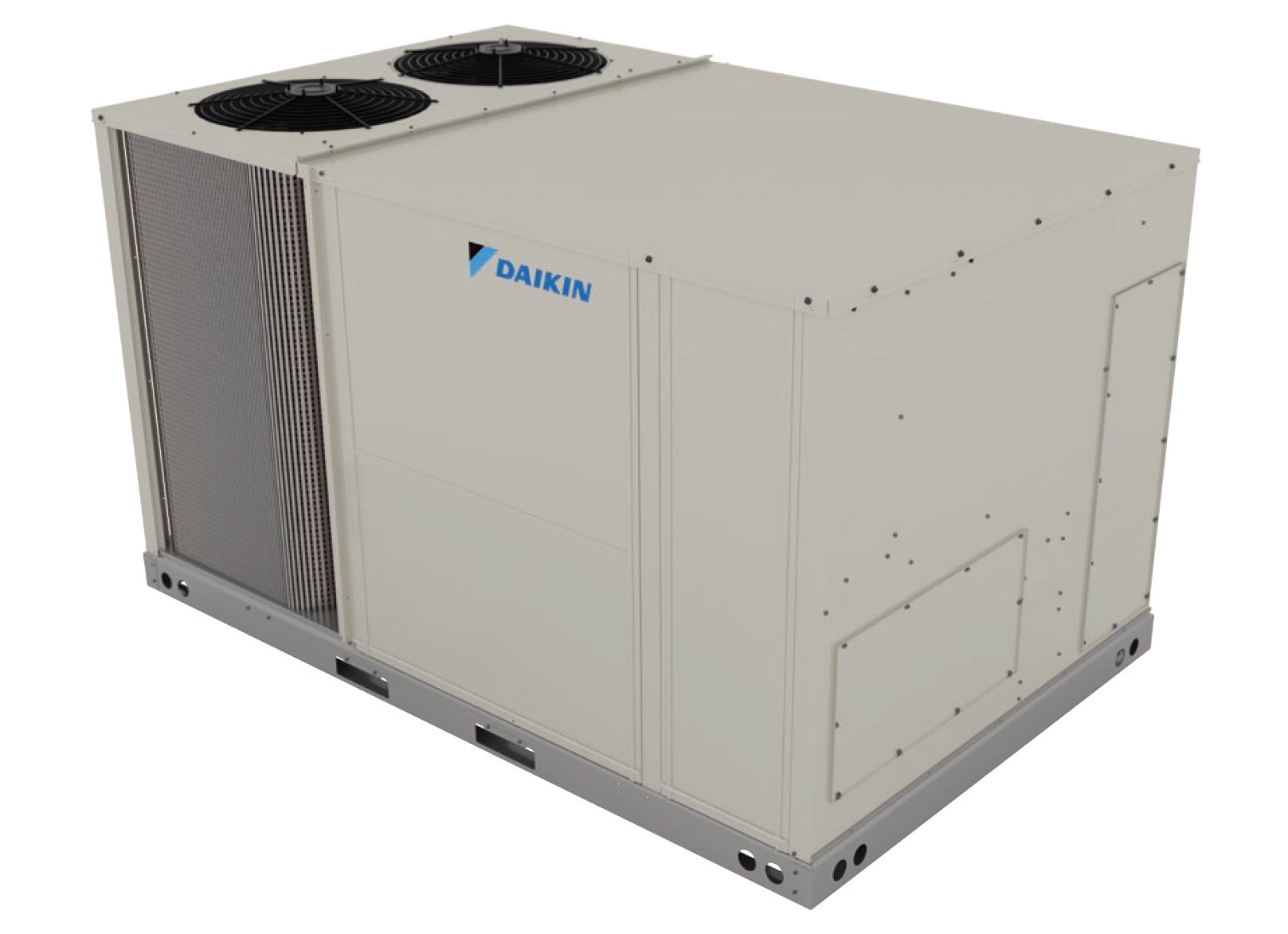
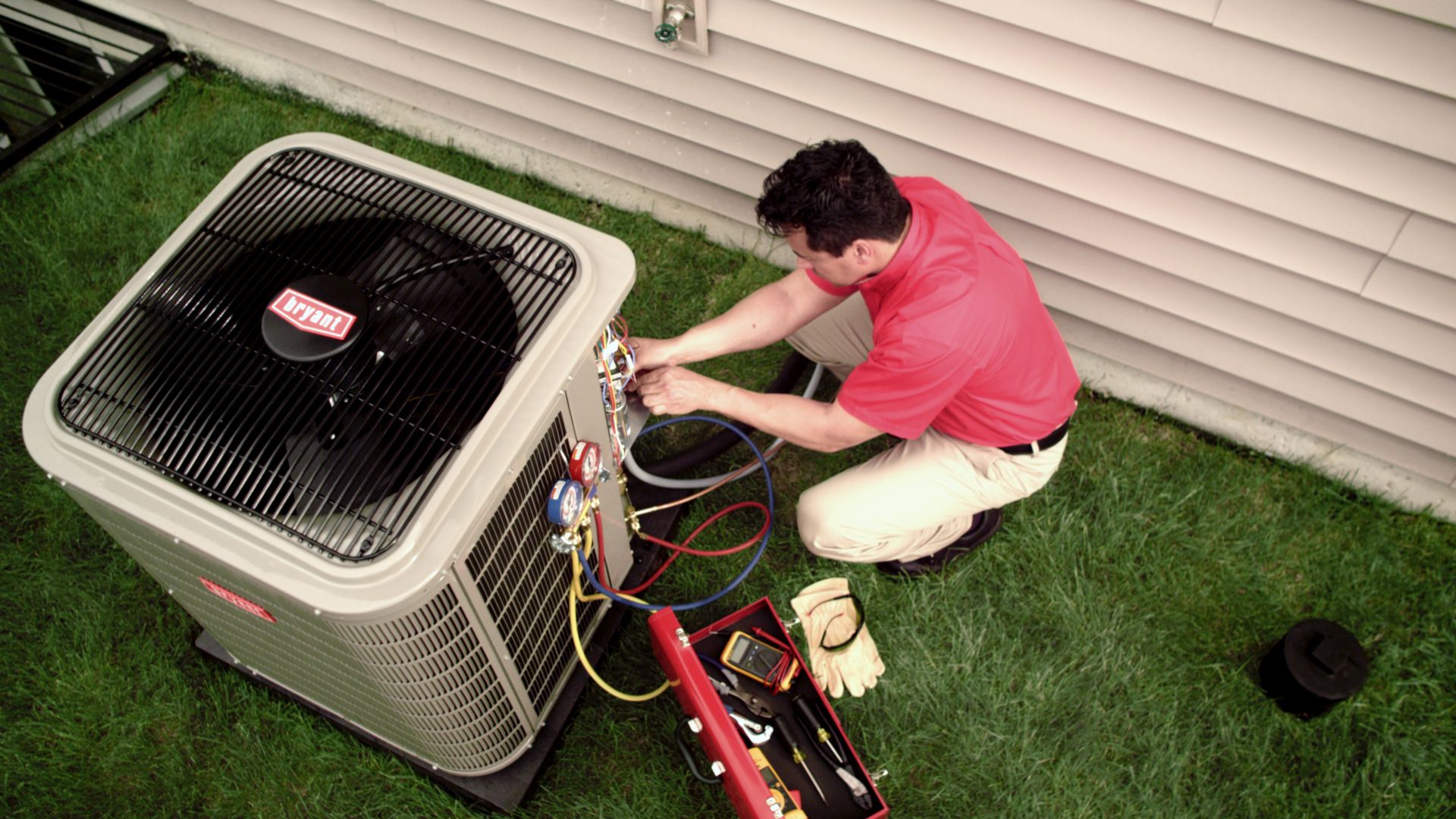

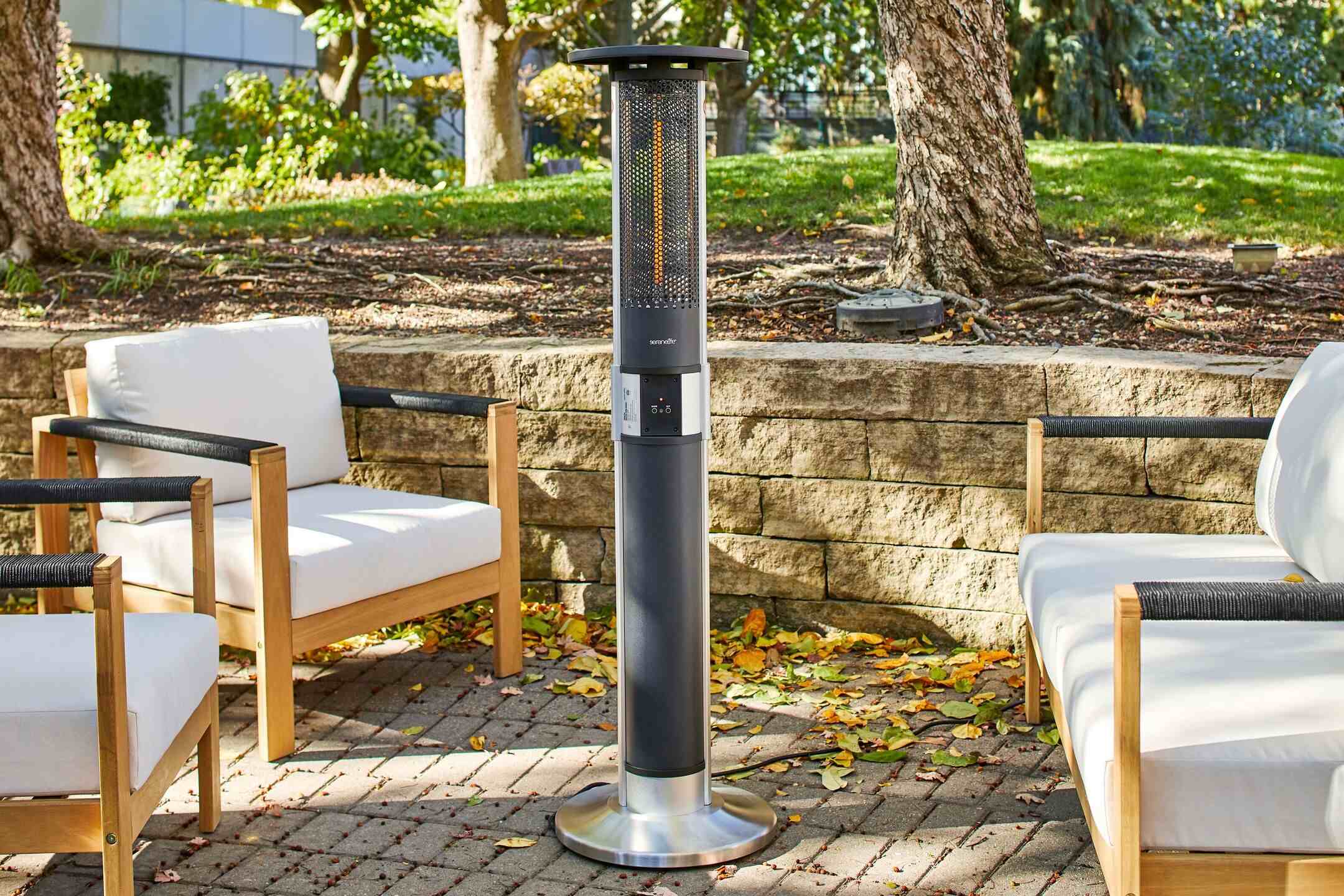

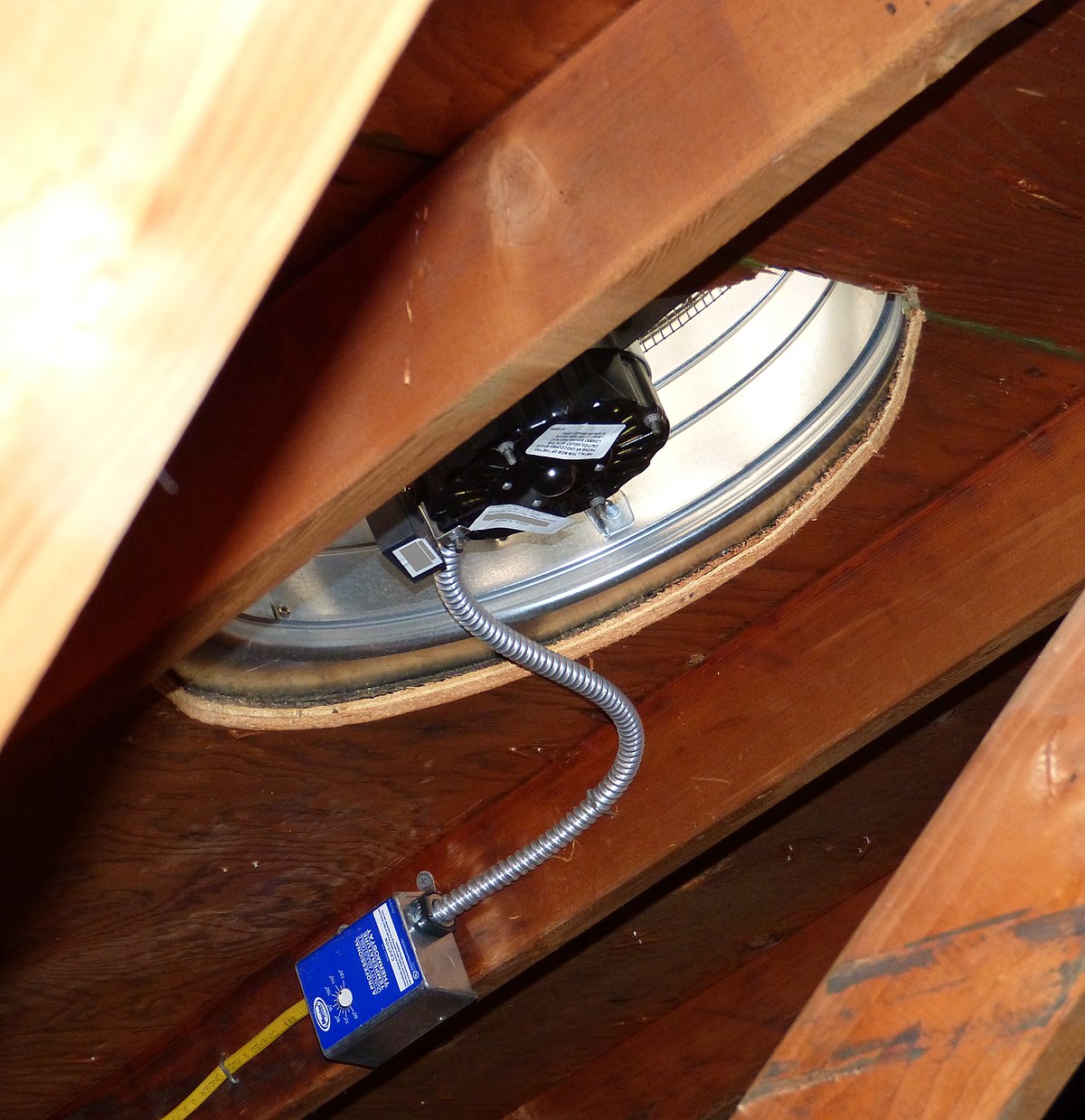


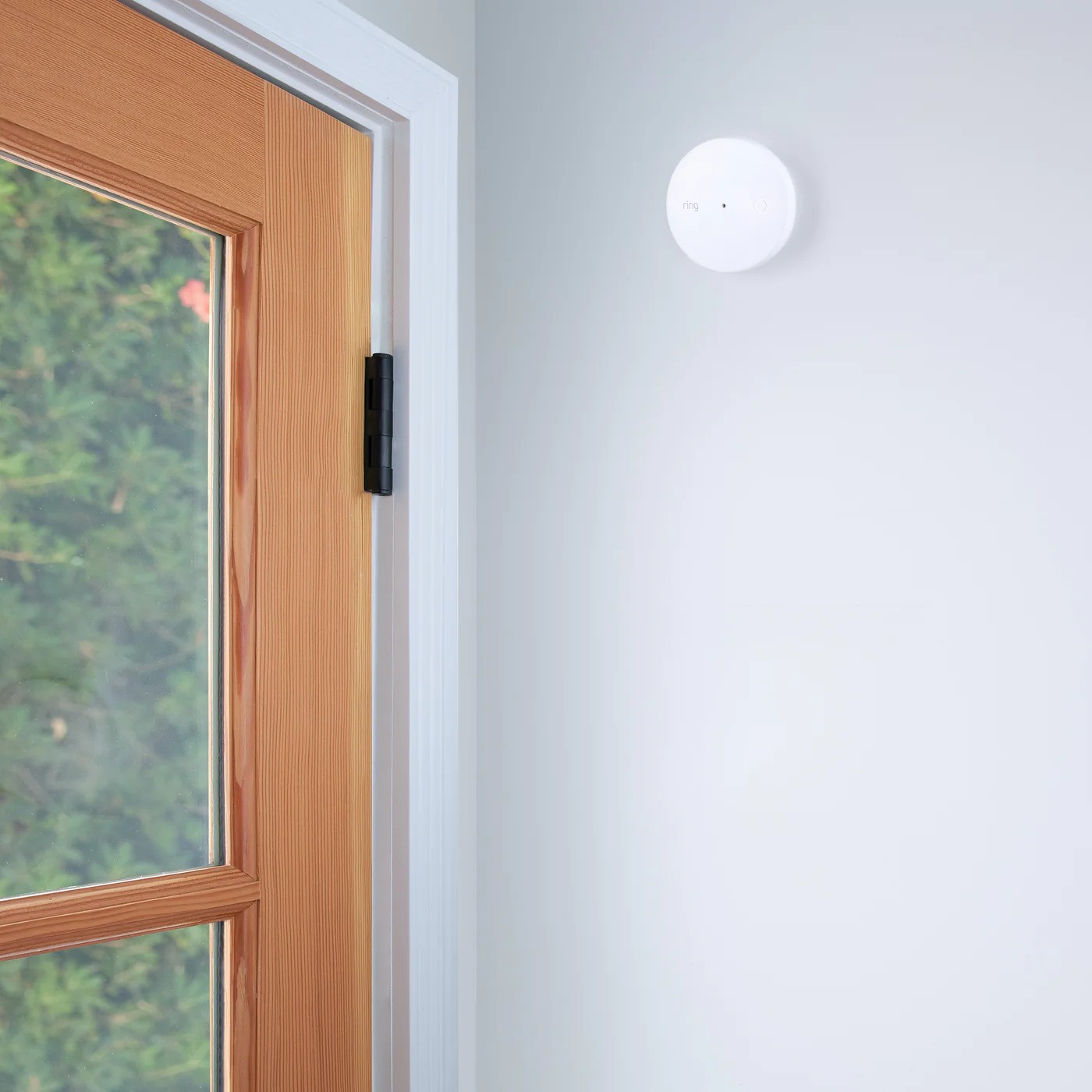



0 thoughts on “How Many Gable Fans Do I Need?”